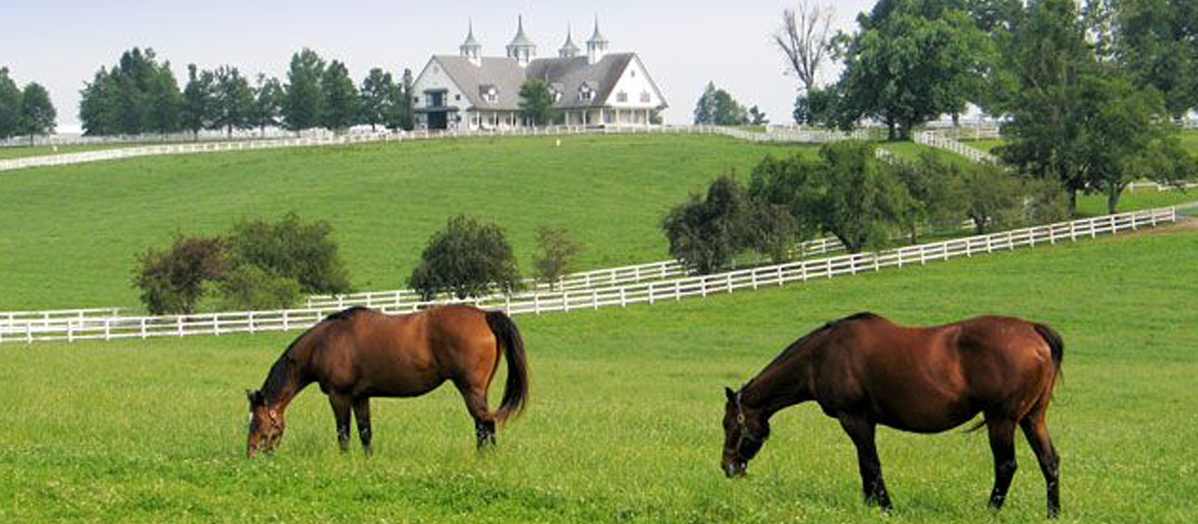365 Days in Horse Country – The New Forest Pony
Some 3,000 wild New Forest Ponies still roam England’s New
Forest, a 90,000 acre (36 421 ha) preserve in Hampshire on England’s southern
coast from which they get their name, but these days the quiet, willing ponies
are also known as versatile athletes.
Their speed over rough terrain and natural jumping ability ensure their
reputation as all-around ponies. They
can be found participating in dressage, driving, jumping, Pony Club, polo, and
gymkhana, and they have been trained to carry riders who have physical
disabilities. The breed is popular
throughout Europe, North America, and Australia.
New Forest Ponies are among the eleven native breeds, known as mountain and moorland ponies, that have inhabited England for centuries. They are known to have grazed in the New Forest since at least 1016, when their presence was first recorded. Various other breeds, including Arabs, Hackneys, and other pony breeds such as the Fell, Dartmoor, and Exmoor, were introduced into their habitat over the years, in an effort to improve their type.
Sturdy and tough, New Forest Ponies reflect the environment in which they evolved. That hardiness and calm, gentle disposition, combined with strength and intelligence, makes them favourites as riding horses for children.
The sporty ponies are elegant yet easy to maintain. They display good movement in all three gaits and have strong, muscular hindquarters with good depth of body.
New Forest Ponies stand from 12 hands to 14.w hands. Horses of this breed are found in bay, brown, gray, chestnut, roan,, and black. Some white markings are permitted on the head and legs, but they must not be the result of scars. Colours and patterns that are not permitted are blue-eyed creams, palomino, piebald, and skewbald.
Michael







